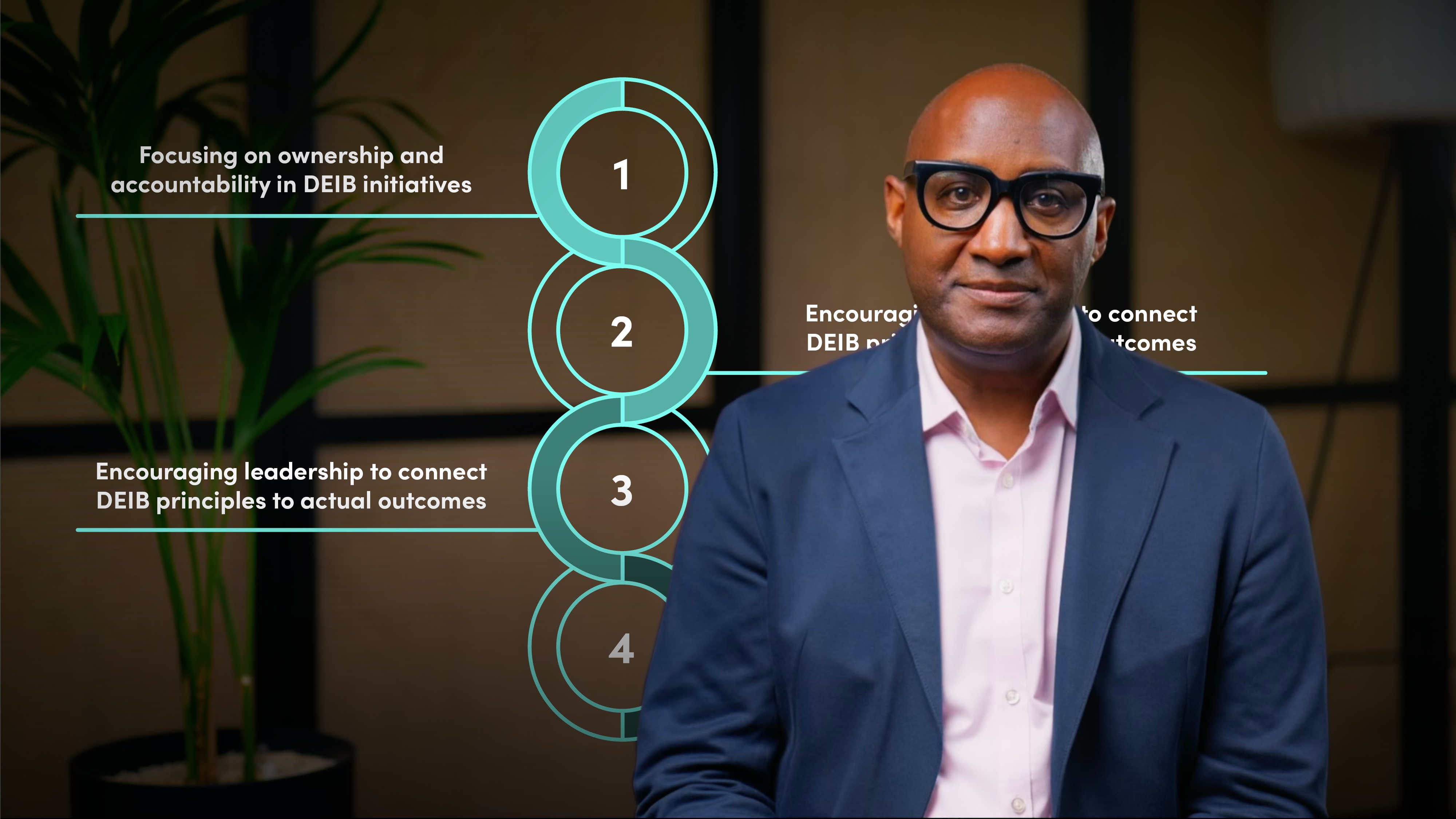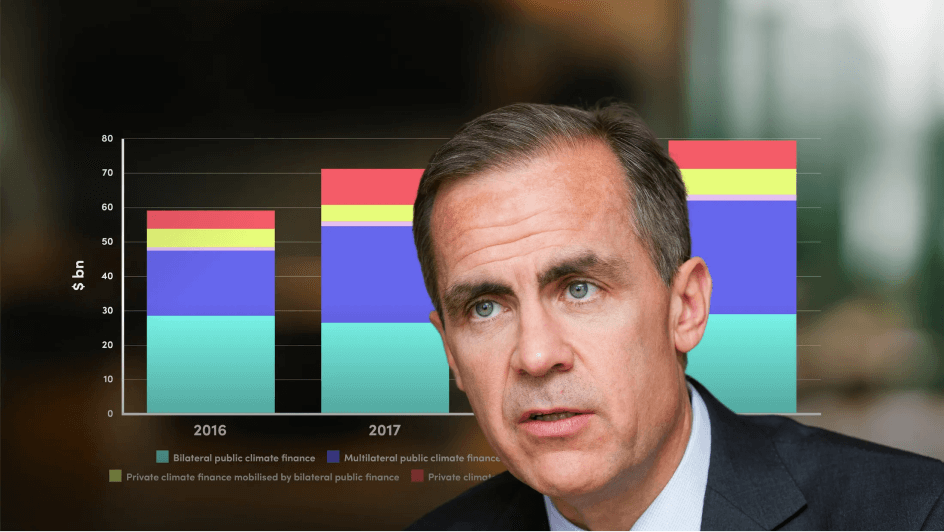
Cultural Awareness in the Workplace II

Gifford Rhamie
Co-founder: Race Excellence
In this video, Gifford explores the importance of building inclusive teams and avoiding stereotypes to create a workplace where everyone feels they belong and can thrive. He also shares how stereotyping can manifest in harmful ways and how organisations can take practical steps to challenge biases and promote equity.
In this video, Gifford explores the importance of building inclusive teams and avoiding stereotypes to create a workplace where everyone feels they belong and can thrive. He also shares how stereotyping can manifest in harmful ways and how organisations can take practical steps to challenge biases and promote equity.
Subscribe to watch
Access this and all of the content on our platform by signing up for a 7-day free trial.

Cultural Awareness in the Workplace II
14 mins 30 secs
Key learning objectives:
Understand the importance of building inclusive work environments beyond just having diverse teams
Outline the negative impacts of a lack of inclusion and the steps companies can take to promote it
Identify examples of stereotyping in the workplace and their consequences
Outline strategies to challenge stereotypes and foster a more inclusive work environment
Overview:
Subscribe to watch
Access this and all of the content on our platform by signing up for a 7-day free trial.
Having a diverse team is a great starting point, but true inclusion goes much further. Inclusion is about ensuring that every team member feels valued, heard, respected, and safe to express themselves. Without it, diversity efforts can fall flat, leading to disaffection and disengagement. An inclusive culture promotes psychological safety, open communication, empathy, and respect for differences. It ensures that everyone, especially those from underrepresented backgrounds, has equal opportunities to thrive.
- Encourage open communication and allyship
- Link DEIB (Diversity, Equity, Inclusion, and Belonging) principles to real outcomes
- Create spaces for diverse voices and dialogue
- Form dedicated task forces to drive positive change
- Promote accountability and ownership across all levels of leadership
Stereotyping involves making generalised assumptions about individuals based on their background, and it can cause real harm in the workplace. For example:
- Repeated denial of career advancement due to biased assumptions
- A lack of representation in leadership, reinforcing stereotypes around capability
- Unwarranted surveillance, implying distrust
- Harassment and exclusion by colleagues
Challenging stereotypes begins with recognising and addressing our own biases. It's about consciously including people rather than unconsciously excluding them. When you notice a stereotype in action whether in conversation, decision-making, or policy it’s important to speak up and question it.
- Forming diverse councils to guide inclusion initiatives
- Appointing DEI leadership to embed inclusive values across regions
- Promoting diverse recruitment and mentoring programmes
- Partnering with educational institutions to broaden outreach
- Providing training to build cultural awareness and reduce unconscious bias
Subscribe to watch
Access this and all of the content on our platform by signing up for a 7-day free trial.

Gifford Rhamie
There are no available Videos from "Gifford Rhamie"





























